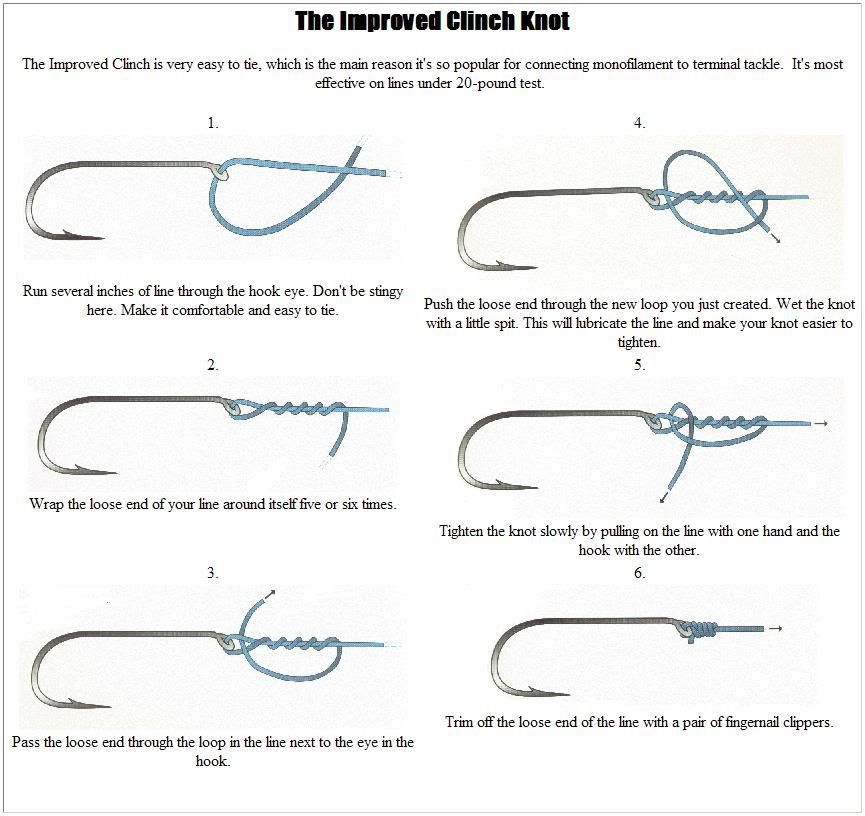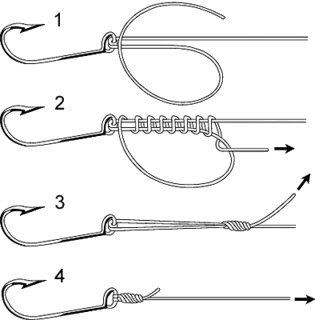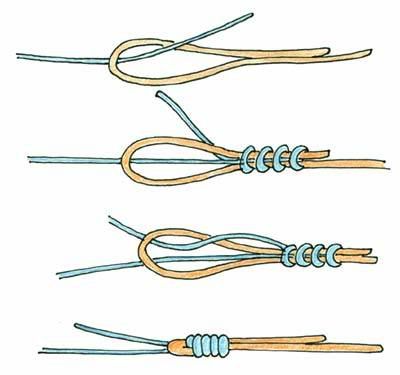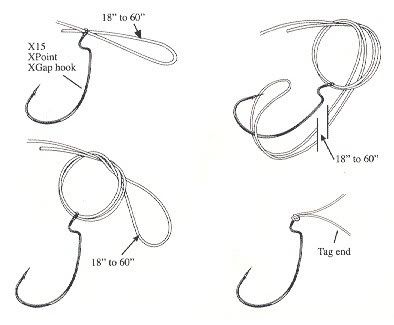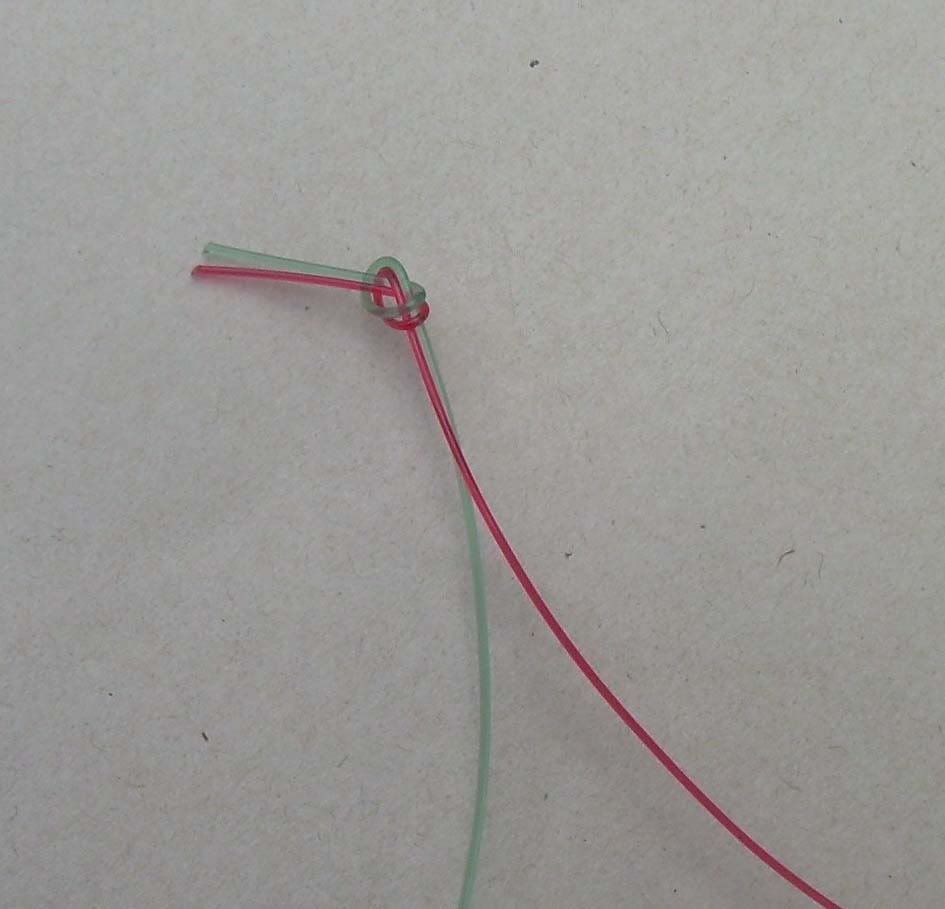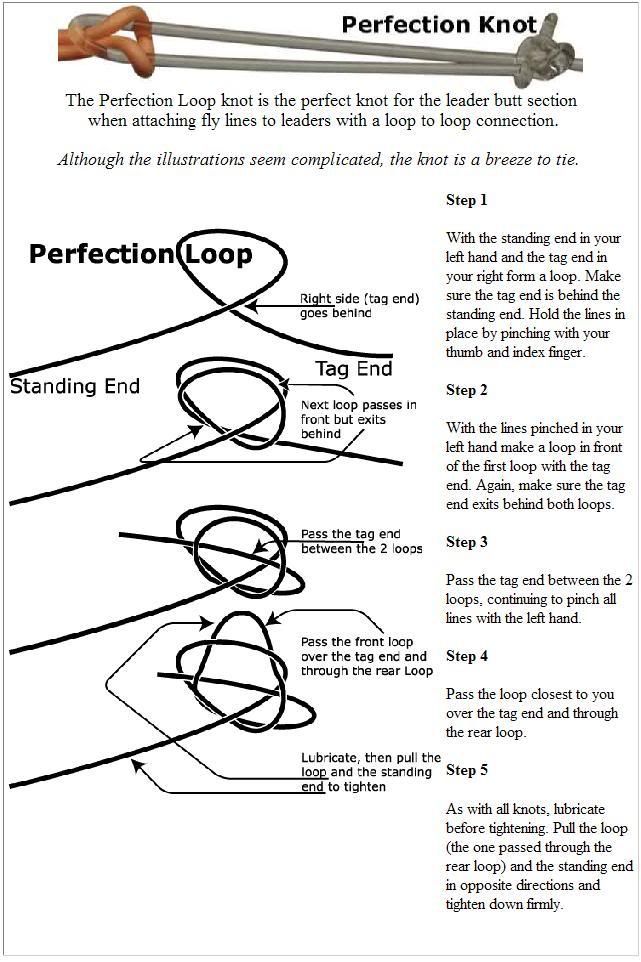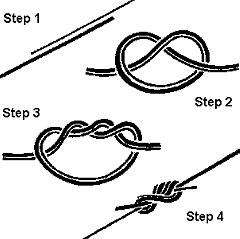Fishing hooks have been used since thousands and thousands of years. According to records, history suggests people used fish hooks even back in 7000BC. And through time, the materials and elements in the developments of hooks have changed. Wood, stone, bones, shells, bronze, iron and other sorts of materials were used in the production of hooks; and it is a fact that people still use non metallic hooks in some parts of the globe today. Hooks which were made by using steel first appeared and then significantly grew popular for professional use after the sixteenth century.Fishing hooks are tools which are used for catching fish. Like the name "hook," itself suggests, the tool is shaped like a hook and it contains a barbed edge which captures the fish and disables it to wriggle its way out of the hook. A hook is divided into various parts, such as:
The barb can be defined as the projection extending backwards from the point that secures your catch from unhooking during the fight. The angle and elevation of a particular barb affects the hooks performance. Many anglers opt to use barbless hooks. This can be for a more sporting angling experience or in many cases, when mandated by law for catch and release and conservation initiatives. Check your local regulations concerning hook barbs for particular species and bodies of water.
The point is the sharpened end of a hook that is designed to penetrate a fish’s mouth. Basic design parameters dictate that the point penetrate with the least amount of pressure and maintain a sharp and durable point for as long as possible. There are many different types of points and sharpening techniques used in modern fishing hooks. The different point types can aid in species and technique specific fishing and will be addressed in my more detailed series pertaining to specialized hooks. We are looking for the perfect balance of sharpness and durability.
The bend of a hook is the curved portion of the hook that connects the hook shaft to the point. Although the hook bend is curved, the hook point and shaft are generally straight portions of metal that run parallel to one another.
Gap or Gape This is the distance between the point and the shank and is known as the gap or gape. The gap of a hook is the vertical distance between the shank and point of the hook.
The size of a particular hook is generally determined in accordance with the size of the hook's gap.Bait or throat The distance from the apex of the bend to its intersection with the gape.The Eye of a fishing hook is the ring, hole, or loop at the end of the shank through which the line or leader is attached. There are some variations in eye types including; open eye for aftermarket attachment to lures and ringed eye for tying heavy leader to smaller hooks when typically bait fishing. Eye position is another relevant variation between different types of hooks. A turned down eye (like the example in the attached image) is turned down from the shank. A turned up eye is the opposite with the eye turned up and away from the shank. An in-line or parallel eye is just as it sounds with the eye being in-line with the shank.The shank is the leg of a hook extending from the bend up to the eye. Hook shanks are manufactured in many different shapes. The most commonly used are straight shank, curved shank, and sliced shank. Specialized hooks, such as those designed for jigs and soft plastic baits for bass, have shanks with various bends and angles. Again, look for details in the upcoming specialized hook series.
See my previous posts: Fishing Knots
Fishing Spot
Thursday, May 26, 2011
Tuesday, April 26, 2011
Tying Fishing Knots - Why Learning How To Tie Fishing Knots Is So Important
I have been fishing for more than two decades and in that time have learned how important tying various fishing knots is when you are out of the water fishing. In this article I will outline some of the best reasons I've learned for tying various fishing knots in various fishing situations. When you are out on the water fishing you never know exactly what you are going to encounter and if you only know one way of attaching a piece of terminal tackle, fishing lure, or one length of line to another, you are going to be in trouble.
If you only know one method of attachment for example, what do you do when you switch from worm fishing with gang hooks for trout to fishing a crank bait for bass? In this scenario if you only know one fishing knot you are more than likely using a knot that it much less strong than it should be in one fishing situation or the other. There simply isn't one "magic knot" that will work in all fishing situations, although many anglers tend to think this is the case.
Tying fishing knots is an extremely important skill to have as an angler and knowing at least three different methods of attaching line to tackle is of the utmost importance in my opinion. In reality an angler should know more than three, but three will suffice for most fishing scenarios.
One of the biggest mistakes I see among anglers is the use of the snap swivel. Novice anglers like to tie on a snap swivel onto their fishing line and then snap on whatever fishing lure of piece of terminal tackle they want to use onto the swivel. While this is the "easy" way to go, it is not at the best way to go. The reason people use snap swivels is because they aren't interested in tying fishing knots, which simply makes no sense.
You can learn a few different ways of attaching tackle quite easily and subsequently retire snap swivels forever. If you use a snap swivel to hook a lure onto your fishing line you are effectively ruining the "action" of that lure. If you use a snap swivel in place of a knot with almost any kind of terminal tackle you are making you're offering much more visible underwater and appear completely unnatural to the fish you are attempting to catch. For these reasons, learning how to tie fishing knots is of the utmost importance to anglers.
While having a large number of ways to attach tackle in the old "memory bank" is great and incredibly useful while fishing, just knowing three or four of the most popular fishing knots will more than suffice. Just think about the style of fishing that you enjoy most, get your hands of a fishing knot tying guide of some sort,and pick the three or four fishing knots that make the most sense to you and your personal fishing style. Start practicing and learning these fishing knots and you will be good to go.
If you only know one method of attachment for example, what do you do when you switch from worm fishing with gang hooks for trout to fishing a crank bait for bass? In this scenario if you only know one fishing knot you are more than likely using a knot that it much less strong than it should be in one fishing situation or the other. There simply isn't one "magic knot" that will work in all fishing situations, although many anglers tend to think this is the case.
Tying fishing knots is an extremely important skill to have as an angler and knowing at least three different methods of attaching line to tackle is of the utmost importance in my opinion. In reality an angler should know more than three, but three will suffice for most fishing scenarios.
One of the biggest mistakes I see among anglers is the use of the snap swivel. Novice anglers like to tie on a snap swivel onto their fishing line and then snap on whatever fishing lure of piece of terminal tackle they want to use onto the swivel. While this is the "easy" way to go, it is not at the best way to go. The reason people use snap swivels is because they aren't interested in tying fishing knots, which simply makes no sense.
You can learn a few different ways of attaching tackle quite easily and subsequently retire snap swivels forever. If you use a snap swivel to hook a lure onto your fishing line you are effectively ruining the "action" of that lure. If you use a snap swivel in place of a knot with almost any kind of terminal tackle you are making you're offering much more visible underwater and appear completely unnatural to the fish you are attempting to catch. For these reasons, learning how to tie fishing knots is of the utmost importance to anglers.
While having a large number of ways to attach tackle in the old "memory bank" is great and incredibly useful while fishing, just knowing three or four of the most popular fishing knots will more than suffice. Just think about the style of fishing that you enjoy most, get your hands of a fishing knot tying guide of some sort,and pick the three or four fishing knots that make the most sense to you and your personal fishing style. Start practicing and learning these fishing knots and you will be good to go.
Trevor Kugler is co-founder of JRWfishing.com and an avid angler. He has more than 25 years experience fishing for all types of fish, and 15 years of business and internet experience. He currently raises his five year old daughter in the heart of trout fishing country.
Get trout fishing tips twice a month for FREE
Get trout fishing tips twice a month for FREE
Article Source: http://EzineArticles.com/?expert=Trevor_Kugler
See my previous post: Fishing Knots: Important One
Fishing Knots: Important One
Fishing knots: An average angler needs three to four fishing knots and that help him to end up doing all his/her angling job. But choosing your knots is directly related with the mode of fishing you are prone to. But knowledge is always bliss, and it in the same way an angler will be helping him/herself along with others all the more if he/she is aware about other fishing knots that may not so important for their day to day job. This article will help you to know few fundamental knots and their tying techniques.
Few knots are discussed below:
Albright Knot:
Versatility and wide range of usage make the albright knot a preferred option for anglers. The knot is even more popular as it is easy to tie and can be attached to different types of lures. Monofilament, braided or braided to wire are the fishing lines, the knot is usable with. Albright knot is popular in joining a fly line to the backing line. Anglers also use the knot to join two fishing lines together.
Palomar Knot:
The palomar is a kind of fishing knot which is simple in nature and an easy one to tie. Anglers use it for attaching a line to a hook. It is also used in attaching a fly to a leader or tippet as well. Palomar knot is regarded as one of the strongest fishing knots and it is the most reliable one as well. This particular knot is recommended to be used with braided lines.
Uni Knot:
Uni-knot is regarded as one of the best fishing knots. The knot is loved by most of the anglers as it help to withstand sudden jerks. And it works wonderfully well, in-fact better than other knots. This strong knot can be used in a number of applications. Most of the angers use it for tying fishing line to terminal tackle.
Uni-knot is the kind of fishing knot that can be used with both braided lines as well as monofilament fishing lines. As these knots can be directly tied to the hooks eye, in traditional manner, so these work perfectly fine with any kind of loop.
Dropper Loop:
Dropper loop is an equally popular fishing knot. This knot is mostly used to attach additional flies, baits or jigs to a single fishing line. These types of fishing knots are made long enough allowing a hook to set directly on the line. But it is clever not make too many loops as maximizes it the risk of fouling and twisting.
Clinch Knot:
Clinch knot is the simplest knot and that's what makes it the most preferred fishing knots used today. Anglers love this knot as it never slips if you tie it properly. This fishing knot make easy to use a lure for fishing.
Rapala Knot
Rapala is a knot which derived its name from the company which made the type of knot popular. Connecting lures to the monofilament is the main purpose of the knot. Rapala knots should be directly attached to the lures and these knots help the purpose even better as these are non-slippery in nature. Lures that can be added with these knots are swivel or leaders.
Perfection Loop
The Perfection Loop is a kind of fishing knot which is really easy to tie. This one is in-fact the easiest one to tie and has got a small loop. This loop helps to tie leader or tippet at its end. It has got a standing end and it lies perfectly there.
Double Uni Knot:
Both salt and fresh water anglers rely on Double Uni knots. These fishing knots come handy in joining lines with similar or different kind of lines. The knot is popular among anglers as it works well every time. Undoubtedly it is easier to tie than most of other knots.
Grinner Knot:
Multi-usage is making the grinner knot a popular option. This breakage proof knot comes with 100% assurance and it is easy to tie. This fishing knot is usable with lures, hooks and swivels which are to be attached with the main line. Using lubricant to tie the knot is a preferred exercise and this will help you to tighten the knot no get good results.
Surgeon Knot:
Surgeon knot is a multipurpose fishing knot. Most of the time it is used in joining similar as well as different size of loops. This carries almost 100% breaking strength. Its usability is high as its super easy to tie. One just need to take two line to be held parallel and make an overhand loop. After that you need to bring the entire line till the end through the loop. Repeat the process once again. Pull the ends through your index finger & thumb. Tighten the loop and trim the extra ends.
Few knots are discussed below:
Albright Knot:
Versatility and wide range of usage make the albright knot a preferred option for anglers. The knot is even more popular as it is easy to tie and can be attached to different types of lures. Monofilament, braided or braided to wire are the fishing lines, the knot is usable with. Albright knot is popular in joining a fly line to the backing line. Anglers also use the knot to join two fishing lines together.
Palomar Knot:
The palomar is a kind of fishing knot which is simple in nature and an easy one to tie. Anglers use it for attaching a line to a hook. It is also used in attaching a fly to a leader or tippet as well. Palomar knot is regarded as one of the strongest fishing knots and it is the most reliable one as well. This particular knot is recommended to be used with braided lines.
Uni Knot:
Uni-knot is regarded as one of the best fishing knots. The knot is loved by most of the anglers as it help to withstand sudden jerks. And it works wonderfully well, in-fact better than other knots. This strong knot can be used in a number of applications. Most of the angers use it for tying fishing line to terminal tackle.
Uni-knot is the kind of fishing knot that can be used with both braided lines as well as monofilament fishing lines. As these knots can be directly tied to the hooks eye, in traditional manner, so these work perfectly fine with any kind of loop.
Dropper Loop:
Dropper loop is an equally popular fishing knot. This knot is mostly used to attach additional flies, baits or jigs to a single fishing line. These types of fishing knots are made long enough allowing a hook to set directly on the line. But it is clever not make too many loops as maximizes it the risk of fouling and twisting.
Clinch Knot:
Clinch knot is the simplest knot and that's what makes it the most preferred fishing knots used today. Anglers love this knot as it never slips if you tie it properly. This fishing knot make easy to use a lure for fishing.
Rapala Knot
Rapala is a knot which derived its name from the company which made the type of knot popular. Connecting lures to the monofilament is the main purpose of the knot. Rapala knots should be directly attached to the lures and these knots help the purpose even better as these are non-slippery in nature. Lures that can be added with these knots are swivel or leaders.
Perfection Loop
The Perfection Loop is a kind of fishing knot which is really easy to tie. This one is in-fact the easiest one to tie and has got a small loop. This loop helps to tie leader or tippet at its end. It has got a standing end and it lies perfectly there.
Double Uni Knot:
Both salt and fresh water anglers rely on Double Uni knots. These fishing knots come handy in joining lines with similar or different kind of lines. The knot is popular among anglers as it works well every time. Undoubtedly it is easier to tie than most of other knots.
Grinner Knot:
Multi-usage is making the grinner knot a popular option. This breakage proof knot comes with 100% assurance and it is easy to tie. This fishing knot is usable with lures, hooks and swivels which are to be attached with the main line. Using lubricant to tie the knot is a preferred exercise and this will help you to tighten the knot no get good results.
Surgeon Knot:
Surgeon knot is a multipurpose fishing knot. Most of the time it is used in joining similar as well as different size of loops. This carries almost 100% breaking strength. Its usability is high as its super easy to tie. One just need to take two line to be held parallel and make an overhand loop. After that you need to bring the entire line till the end through the loop. Repeat the process once again. Pull the ends through your index finger & thumb. Tighten the loop and trim the extra ends.
The author writes on Marine, Fishing, Boating and related topics for many reputed publishers such as, Marinews.Com.
Article Source: http://EzineArticles.com/?expert=Aaina_K
See my previous post: How to Tie a Simple Fishing Knot
Labels:
Fishing Knot
Subscribe to:
Posts (Atom)












